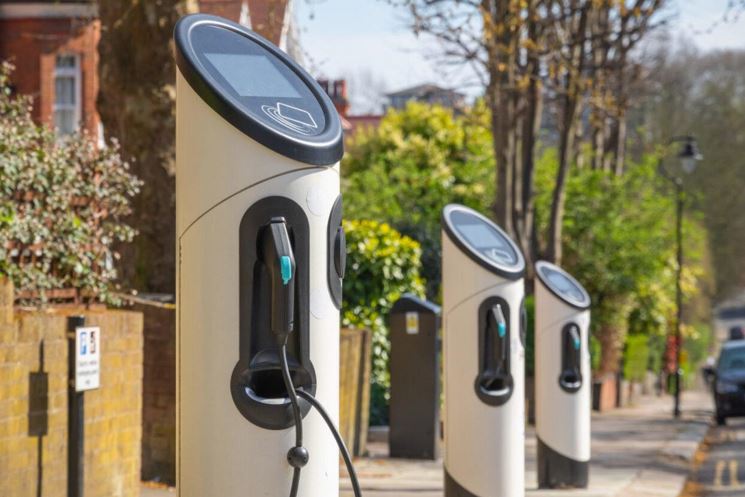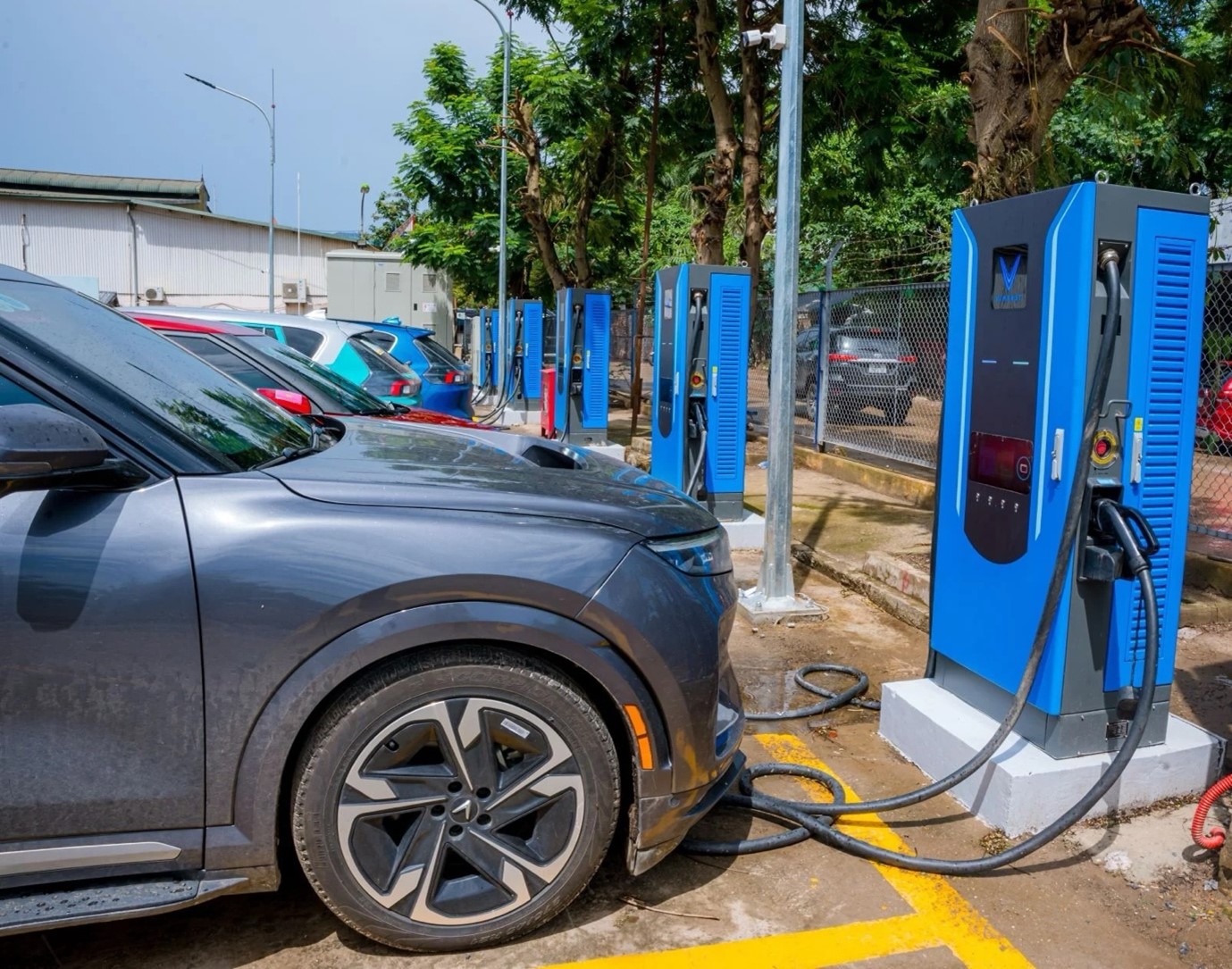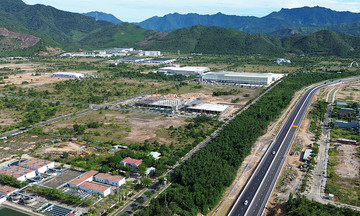According to EV Belgium, Europe reached 1 million public charging points at the end of July, including 100,000 fast chargers. Modern ultra-fast charging systems can replenish most of a battery's capacity in less than 20 minutes, making EVs more convenient for long journeys.
From 2018 to early 2025, the number of public charging points in Europe increased tenfold, from 100,000 to over 1 million. Besides expanding the quantity, European countries have also improved the quality and transparency of the service thanks to the EU's Alternative Fuels Infrastructure Regulation (AFIR), effective from 2024. This regulation requires charging stations to clearly display prices, support direct payment by bank cards, and ensure accessibility.
 |
An EV charging station in Europe. Photo: Cenex |
An EV charging station in Europe. Photo: Cenex
By QIII/2024, Belgium had about 77,400 public charging points, a 72% increase compared to the previous year. Fast charging stations (over 100 kW) increased by 119% within a year. Norway, a global leader in EV adoption, now has over 9,000 fast charging stations at 1,684 locations, distributed throughout the country. This nation aims for a fast charging station every 50 km on main roads and enforces a legal "right to charge" for apartment residents.
China reached the 1 million charging point milestone earlier than Europe, around 2019, and took only 5-6 years to expand to over 12 million points by the end of 2024. This includes over 3.3 million public stations and nearly 8.5 million private charging points, with an average of about 72,000 public stations added each month.
Cities like Guangdong, Jiangsu, Zhejiang, Shanghai, and Beijing account for nearly 70% of the total. Policies supporting mandatory installation in new buildings, preferential electricity prices, and ultra-fast charging technology, capable of adding hundreds of kilometers of range in just a few minutes, significantly reduce range anxiety for EV drivers.
In Southeast Asia, Thailand has around 11,000 public charging stations, including 3,429 DC and 7,571 AC stations, equivalent to a ratio of about 1 station for every 20 EVs (as of the end of 2024). Singapore is also one of the countries strongly transitioning to electric cars. The number of EV charging stations in Singapore is expected to reach 60,000 by 2030 from the current level of over 7,100.
Compared to the aforementioned countries, Vietnam is behind in the trend of switching to electric cars but has developed rapidly recently. The first public EV charging stations in the country were deployed in 12/2021. To date, Vietnam has over 150,000 public charging ports from V-Green, VinFast's charging station development partner, equivalent to 15 ports per 10,000 people, surpassing the US or China in terms of population size.
 |
An EV charging station in Hanoi. Photo: VinFast |
An EV charging station in Hanoi. Photo: VinFast
In a press conference in July held by the Ministry of Science and Technology on 5/8, Tran Hau Ngoc, Vice President of the Directorate for Standards, Metrology and Quality, said the Ministry had studied international standards and surveyed production, assembly, import, trading, and testing units in the northern, central, and southern regions to develop a draft national technical regulation for EV charging stations.
Previously, the Ministry announced 23 Vietnamese standards (TCVN) related to EV charging stations/pillars. "The standards are equivalent to international standards of the International Organization for Standardization (ISO), the International Electrotechnical Commission (IEC), and regulations of the European Commission (EC/ECE/EU)," Ngoc said.
These include 8 standards for charging station systems, stipulating general requirements, electronic compatibility, communication between the charging station and the EV, safety requirements for charging station installation systems, and low-voltage switchgear and control assemblies for charging areas. There are also 3 standards for EV charging cables, 7 for switchgear and socket-outlet assemblies for charging stations, and 5 for electricity meters.
Thai Anh












